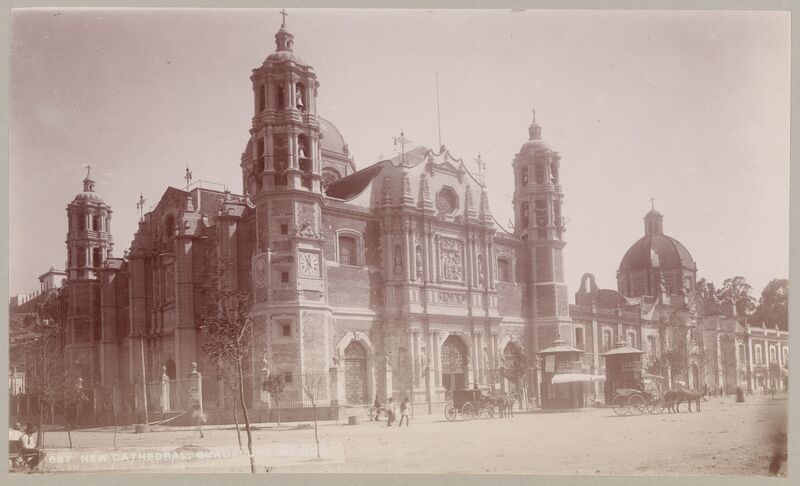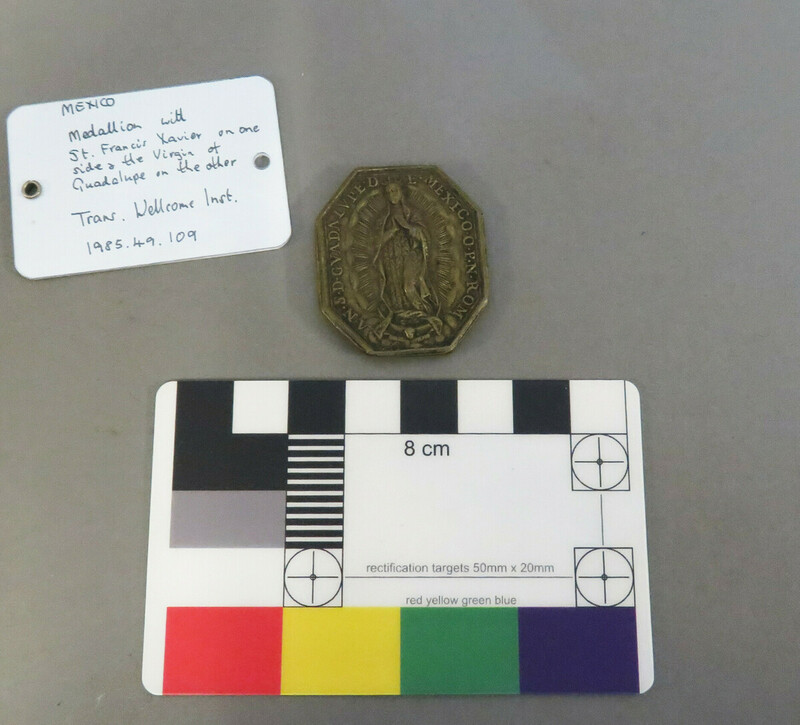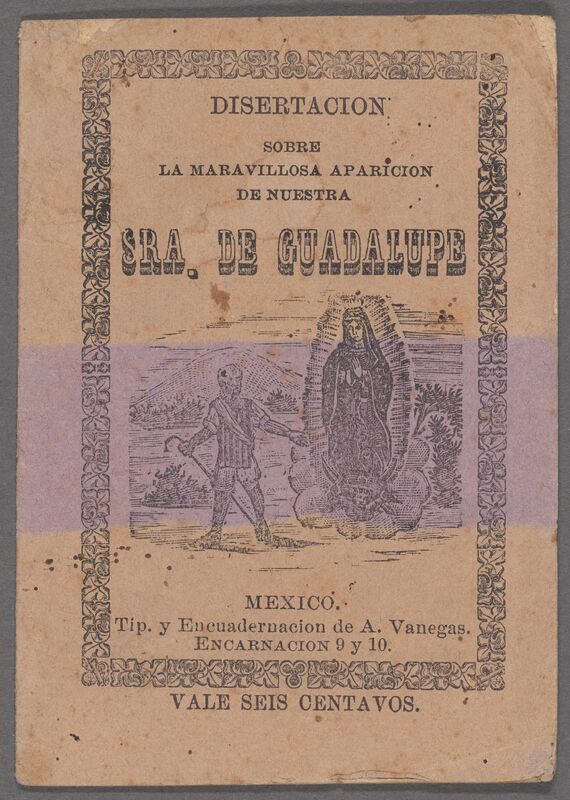Our Lady of Guadalupe
After the story of Our Lady of Guadalupe's apparition gained popularity so did the Marian cult within Mexico. The Marian cult first appered after the Council of Eucharist where they discussed how to refer to the Virgin Mary. These discussions pushed the Virgin Mary into the eye of popular religon. Along with Mary's rise of popularity so did the instances in which she was said to appear to people, usually young shepherds. Our Lady of Guadalupe is one of the many instances where Mary became ingrained in a country's popular religion due to an apparition. One of the first responses to the newly popular story of her speaking to Juan Diego was the building of the Basilica of Our Lady of Guadalupe on the hill of Tepeyac. Construction on the church finished in 1695, less than 10 years after the first publishing of the Juan Diego story.
In addition to the creation of the church that was dedicated to her honor she also started to play a more central role in religious activities and objects. The Goddess Cihuacoatl was seen as similar to the Virgin Mary which is why there was such a focus on changing the temples devoted to her. The practice of carrying objects of personal devotion quickly became adopted by Indigenous Catholics. This was mainly because the Mexica already held the practice of looking to physical portrayals of religious figures to bring good luck and protection. This meant that religious objects became more widely available such as medallions that were said to offer more direct attention from the depicted figure. In addition to personal devotions it was also believed that certain areas had particular saints that were designated to watch over them such as Guadalupe being the patron saint of all of Mexico.
After the epidemic of the 1730s Our Lady of Guadalupe started to gain more and more followers. With this rise in devotion her popularity expanded outside of Mexico City and grew across Mexico. Many forms of written work began to be published discussing her and her apparition. This only added to the popular religion surrounding Guadalupe and her role in Mexican Catholicism. She became more commonplace in religious art such as retablos and statues that were found in churches and ex votos that would have been done by worshippers. In addition to one of a kind art pieces she also became a popular figure in mass produced art mainly intended for the home.


